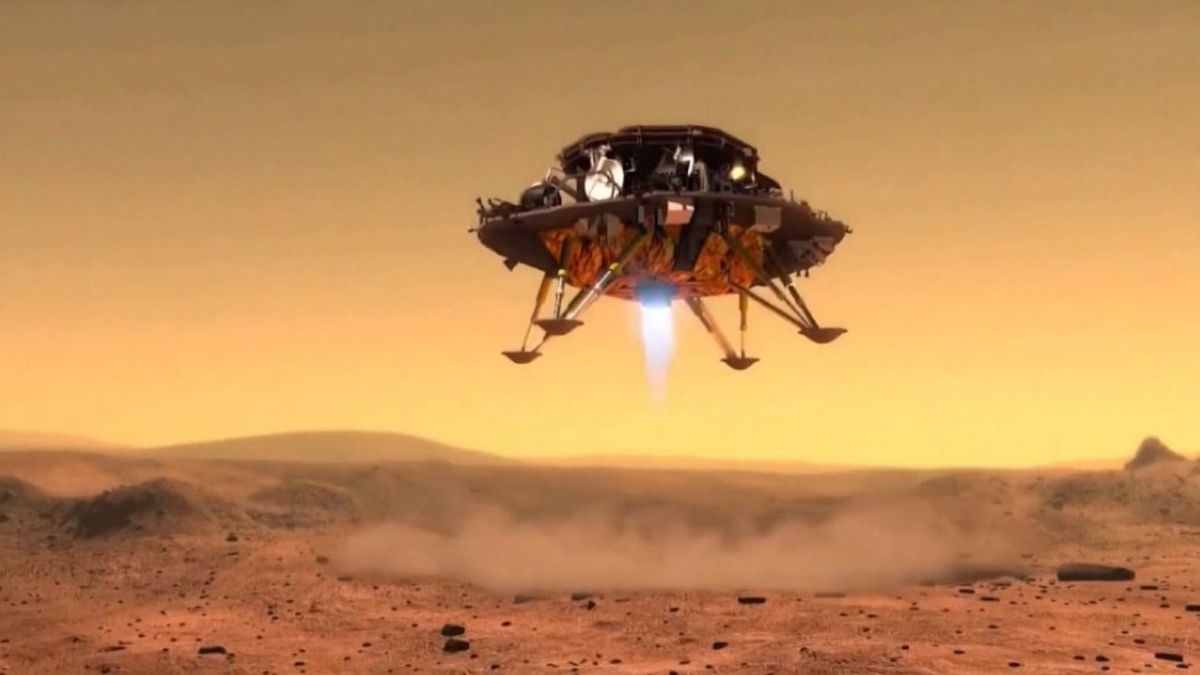JAKARTA - China's space agency has sent the Zhurong rover robot to the planet Mars. Zhurong will be controlled from Earth. The plan is that the rover robot will make its maiden voyage on Mars.
However, Zhurong will only stop and move at slow intervals. The rover will only have an interval of 10 meters in 3 days.
"The slow progress of the rover was due to a limited understanding of the Martian environment, so the relatively conservative mode of work was specifically designed", said Jia Yang, one of the project's engineers.
In addition, Jia also stated that it is not possible that Zhurong will run faster at a later stage. This depends on the operational status.
Jia also revealed Zhurong bases were designed to move autonomously. The reason is that the distance between Earth and Mars is about 320 million kilometers. This means each signal takes 40 minutes to run the Zhurong robot. Which can create obstacles when controlling them in real-time.
SEE ALSO:
In addition to distance factors, the environmental conditions of Mars are also an obstacle. Temperatures on Mars can drop to minus 130 degrees Celsius at night. This drop in temperature is claimed to freeze carbon dioxide, leaving Martian soil covered in ice sheets.
Zhurong's rover robot is the only one equipped with an automatic suspension to lift and lower its chassis by up to 60 cm. Zhurong has also been coated with nano-aerogel plates that serve to be protective in cold temperatures.
Zhurong uses solar energy to carry out his mission. But dust storms are an obstacle for the rover's robot in generating solar energy. Nevertheless, Zhurong was able to clean dust automatically.
The Chinese rover weighs 240 kilograms. It is equipped with several important instruments such as high-resolution cameras to study martian soil and the planet's atmosphere.
Zhurong is projected to look for traces of ancient life that once existed there such as water and ice under the surface of Mars, as compiled from Space News.
The English, Chinese, Japanese, Arabic, and French versions are automatically generated by the AI. So there may still be inaccuracies in translating, please always see Indonesian as our main language. (system supported by DigitalSiber.id)













